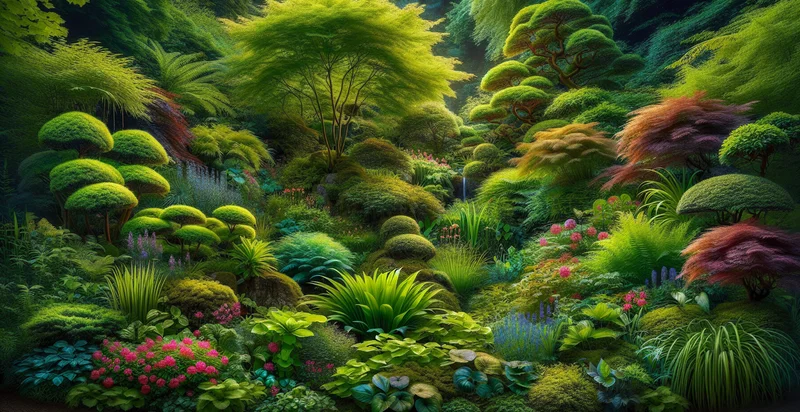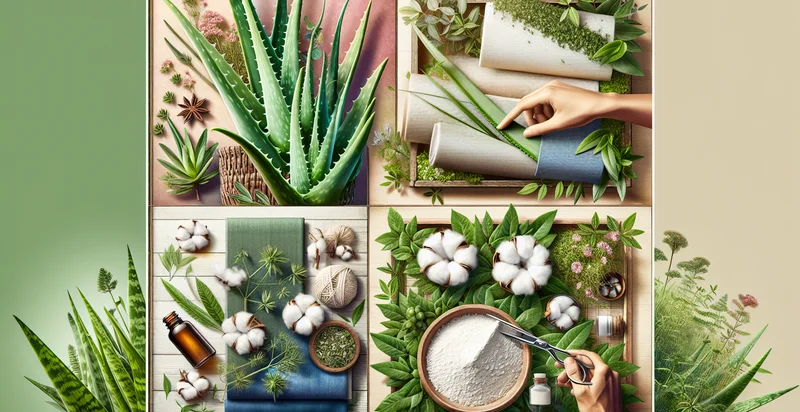Identify plants grown for shade
using AI
Below is a free classifier to identify plants grown for shade. Just upload your image, and our AI will predict if the plant is suitable for shade - in just seconds.

Contact us for API access
Or, use Nyckel to build highly-accurate custom classifiers in just minutes. No PhD required.
Get started
import nyckel
credentials = nyckel.Credentials("YOUR_CLIENT_ID", "YOUR_CLIENT_SECRET")
nyckel.invoke("plants-grown-for-shade", "your_image_url", credentials)
fetch('https://www.nyckel.com/v1/functions/plants-grown-for-shade/invoke', {
method: 'POST',
headers: {
'Authorization': 'Bearer ' + 'YOUR_BEARER_TOKEN',
'Content-Type': 'application/json',
},
body: JSON.stringify(
{"data": "your_image_url"}
)
})
.then(response => response.json())
.then(data => console.log(data));
curl -X POST \
-H "Content-Type: application/json" \
-H "Authorization: Bearer YOUR_BEARER_TOKEN" \
-d '{"data": "your_image_url"}' \
https://www.nyckel.com/v1/functions/plants-grown-for-shade/invoke
How this classifier works
To start, upload your image. Our AI tool will then predict if the plant is suitable for shade.
This pretrained image model uses a Nyckel-created dataset and has 2 labels, including Not Suitable For Shade and Suitable For Shade.
We'll also show a confidence score (the higher the number, the more confident the AI model is around if the plant is suitable for shade).
Whether you're just curious or building plants grown for shade detection into your application, we hope our classifier proves helpful.
Related Classifiers
Need to identify plants grown for shade at scale?
Get API or Zapier access to this classifier for free. It's perfect for:
- Landscape Design Tool: Landscape architects can use the shade plant classification function to select appropriate plants for shaded garden areas. By quickly identifying plants that thrive in low-light conditions, designers can create aesthetically pleasing and sustainable outdoor spaces.
- Nursery Stock Management: Plant nurseries can leverage the identifier to streamline their inventory management by categorizing and tagging plants specifically grown for shade. This helps customers find the right plants more easily, enhancing the shopping experience and reducing customer inquiries.
- Gardening Apps Development: Gardening apps can integrate the shade plant identifier to provide users with tailored recommendations based on their gardening conditions. By suggesting plants that thrive in shaded areas, users can achieve healthier gardens and increase their gardening success rates.
- Urban Planning Initiatives: City planners can utilize the identifier to select shade plants that improve urban green spaces. By ensuring the right plants are chosen for shaded public areas, they can enhance biodiversity, promote mental well-being, and contribute to the urban ecosystem.
- Agricultural Crop Management: Farmers can apply this classification tool to optimize their crop planting strategies in shaded regions, such as under tree canopies. This can help maximize yield by ensuring crops are selected based on their adaptability to low-light environments.
- Environmental Conservation Projects: Conservation organizations can use the tool to identify and restore native shade plants in degraded areas. This contributes to ecosystem restoration efforts and supports local biodiversity while fostering resilient habitats.
- Education and Training Programs: Educational institutions can implement the identifier in curriculum-focused on botany and horticulture. Students can learn about the various plants suited for shade while engaging in hands-on identification and classification activities, enhancing their learning experience.


